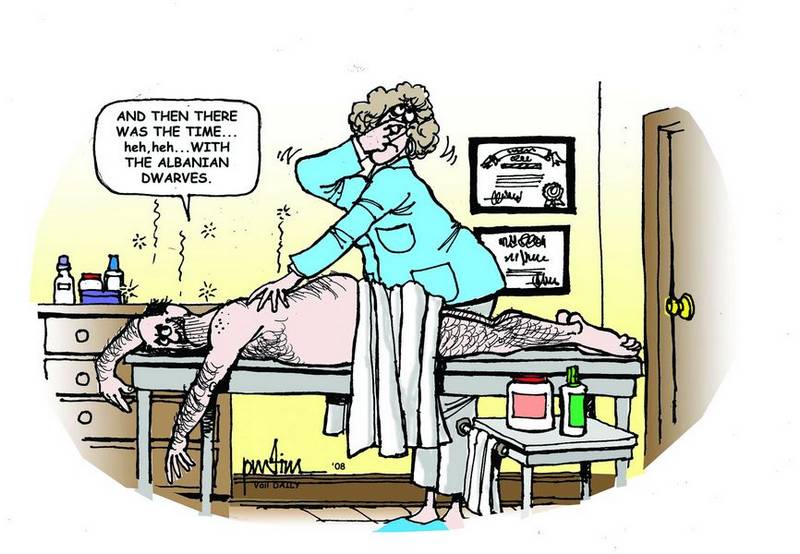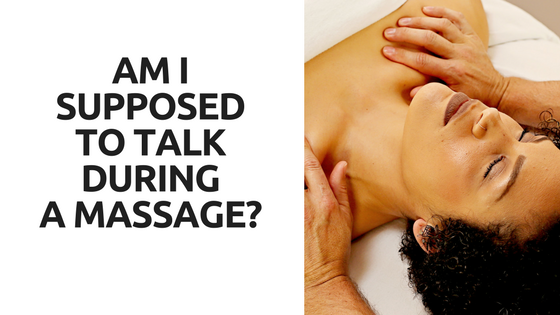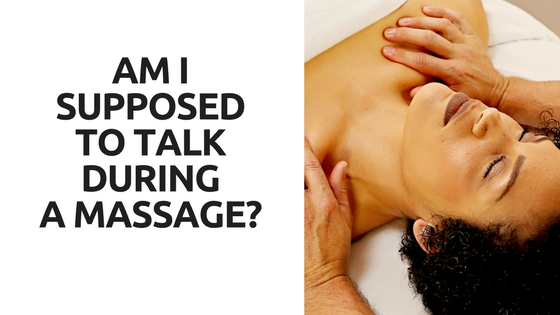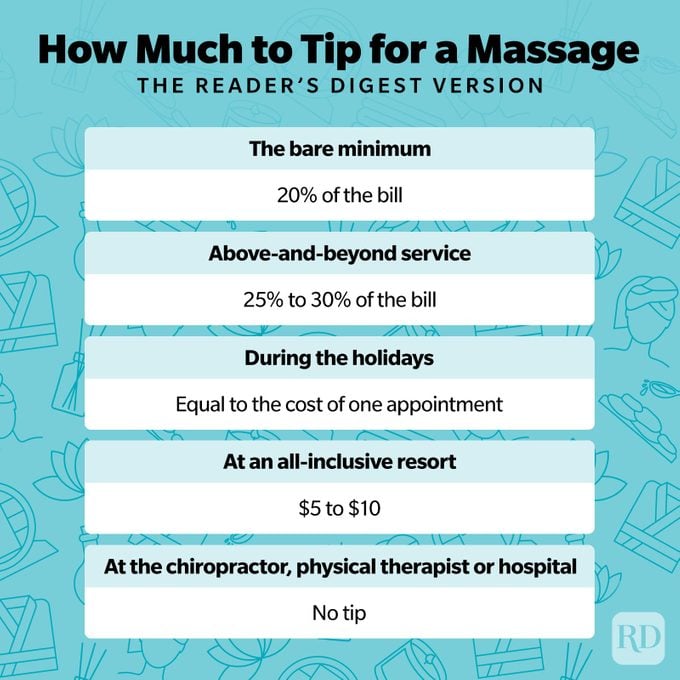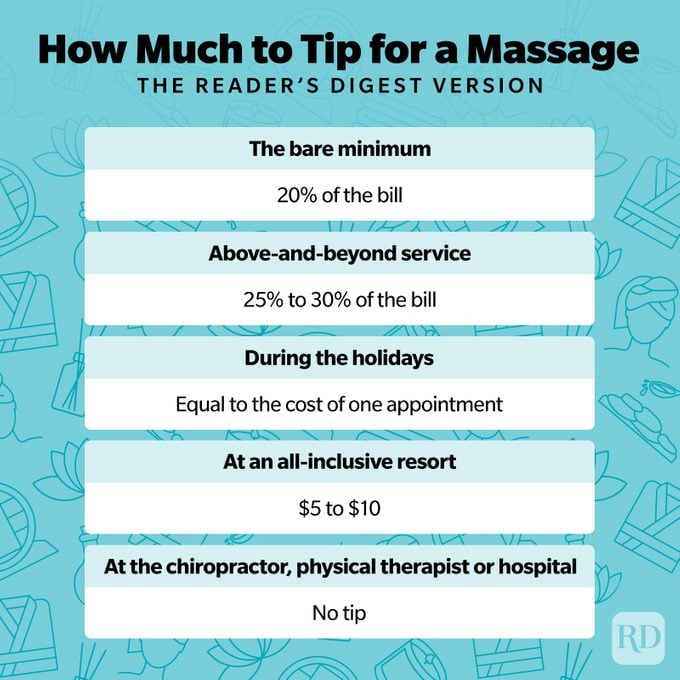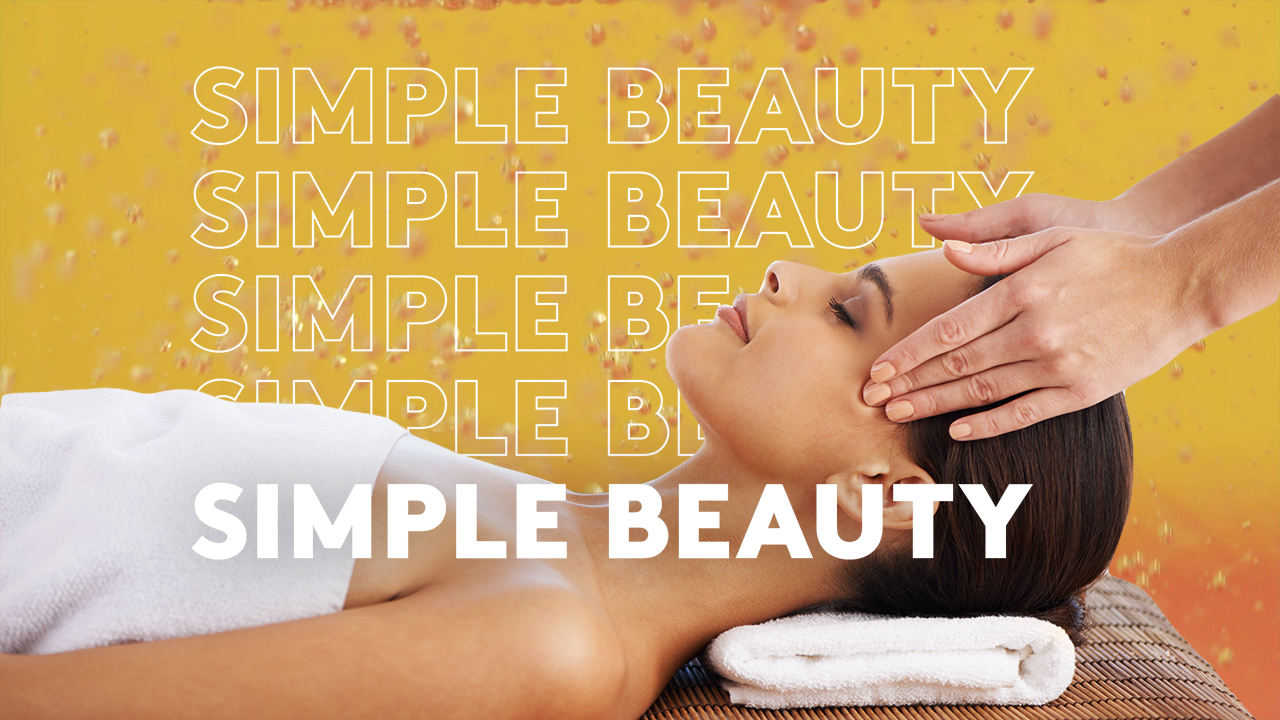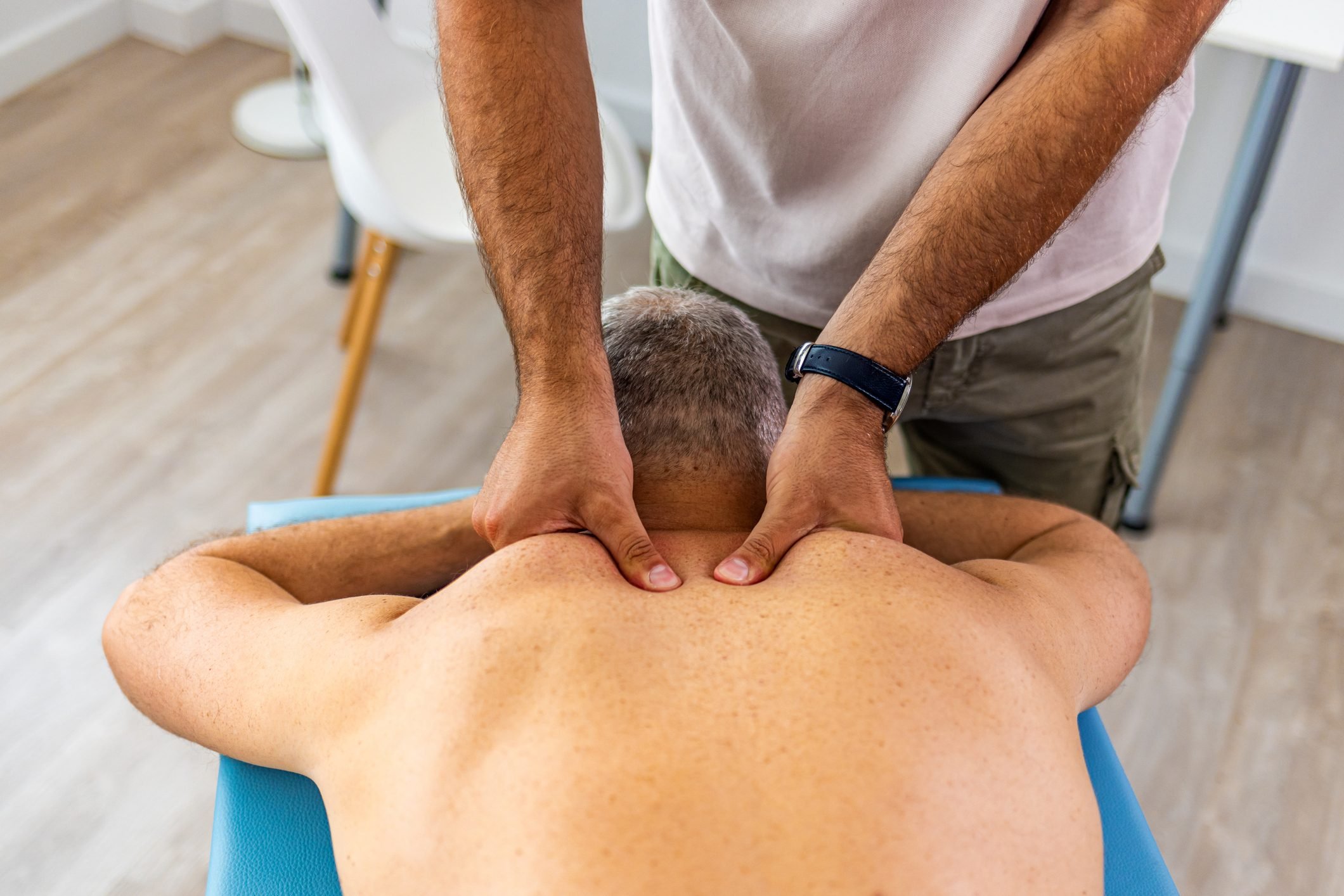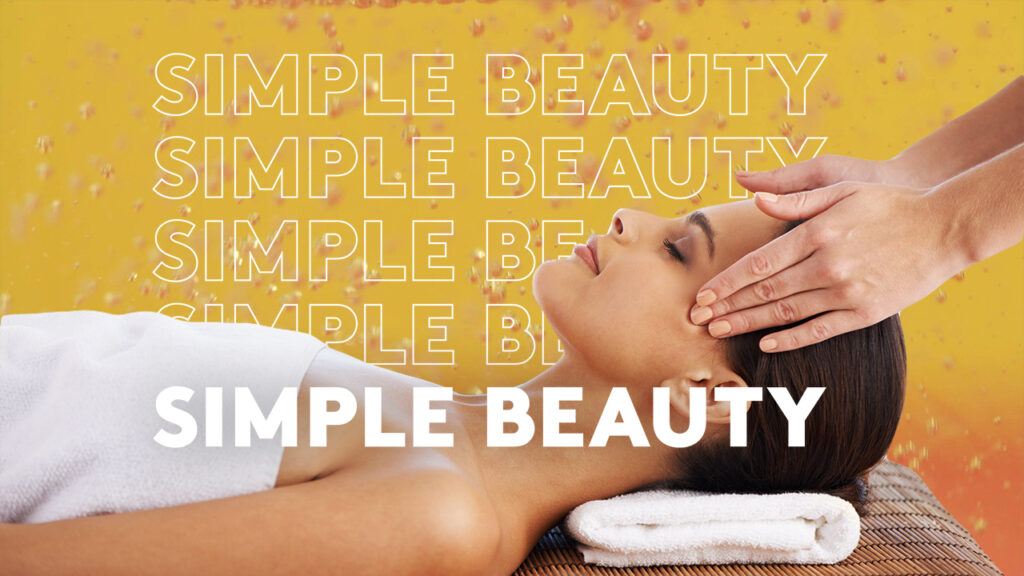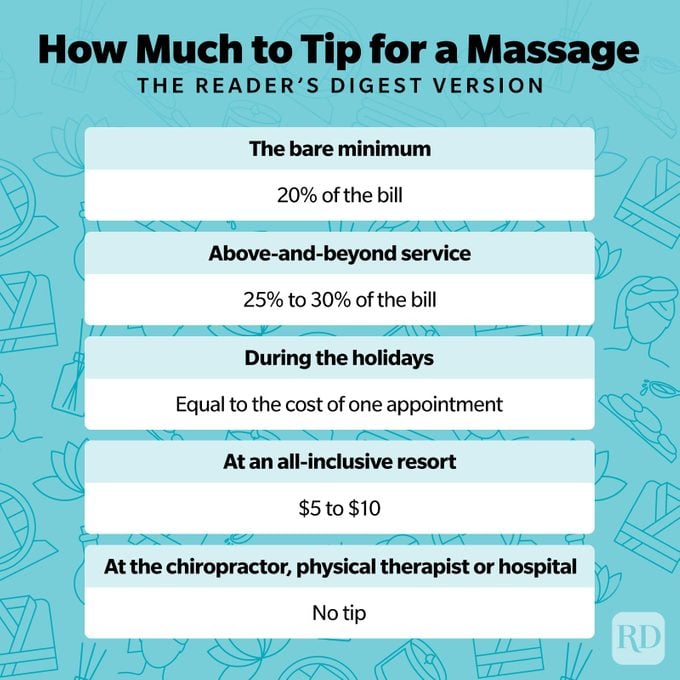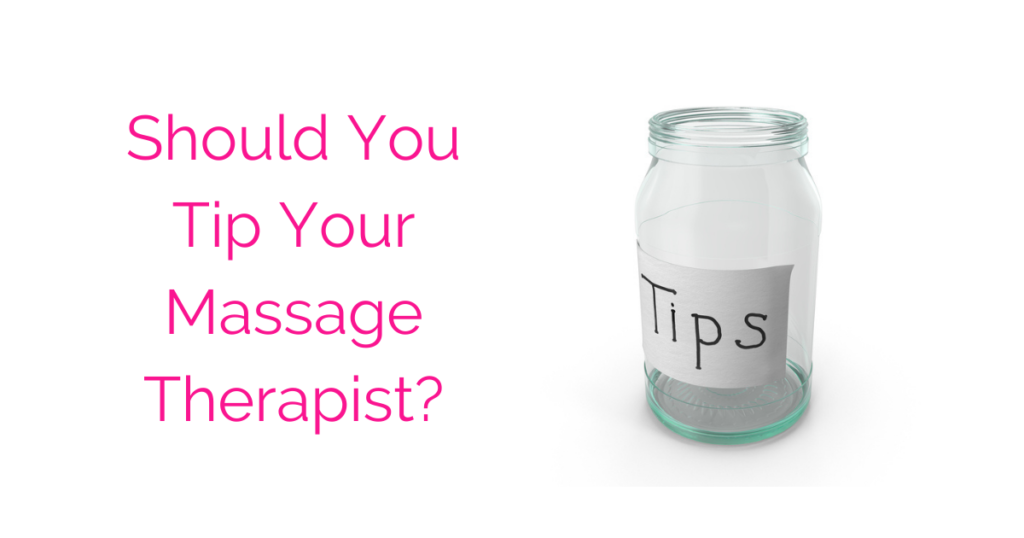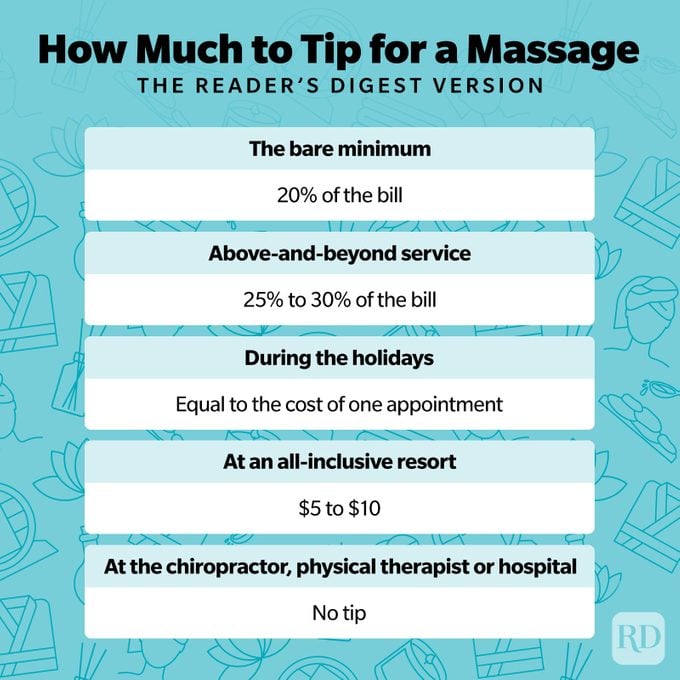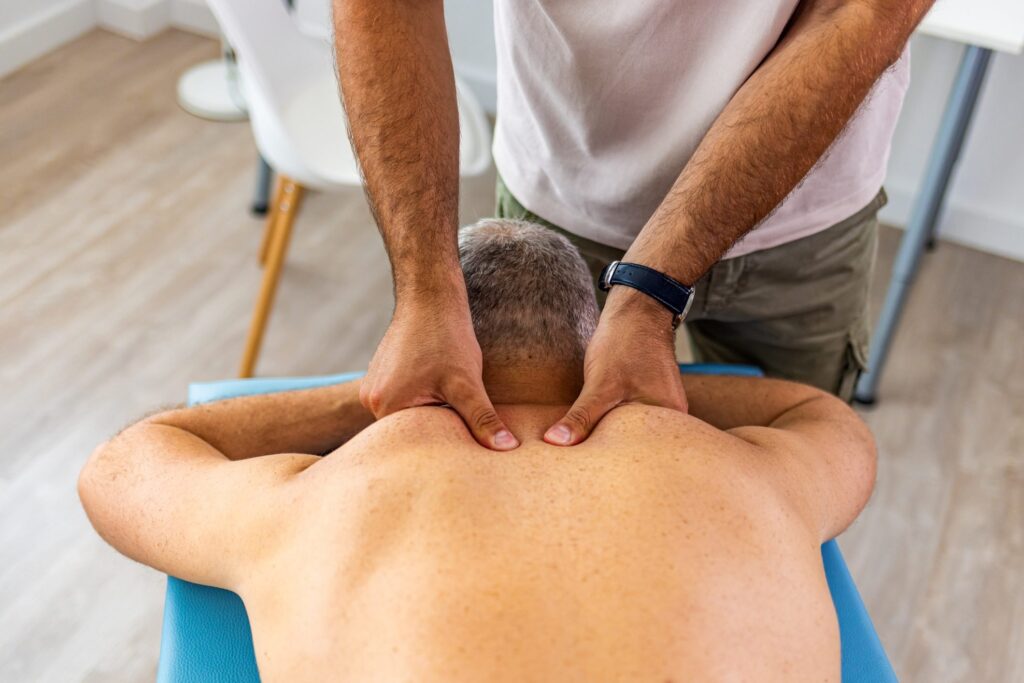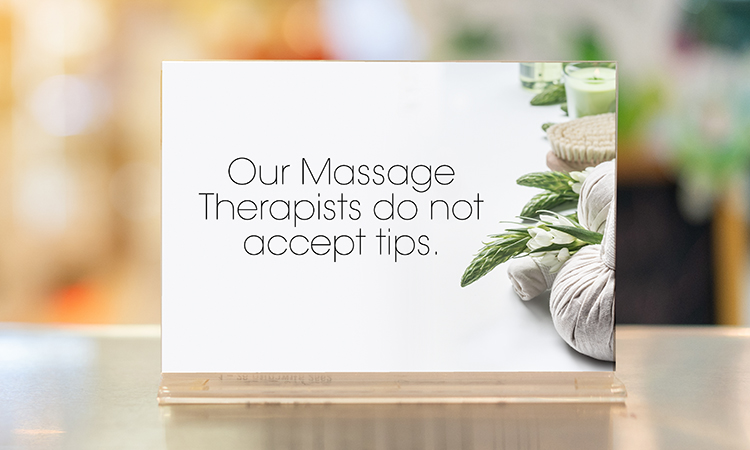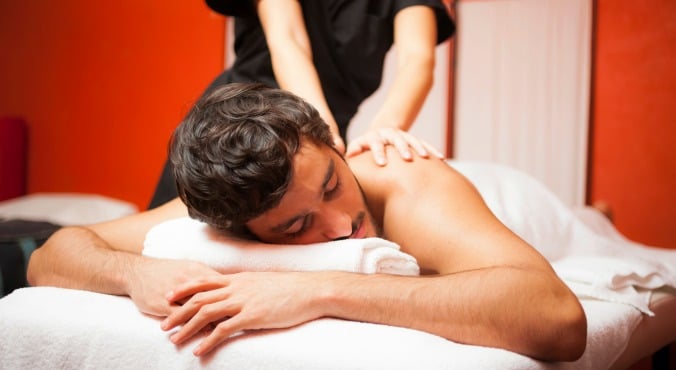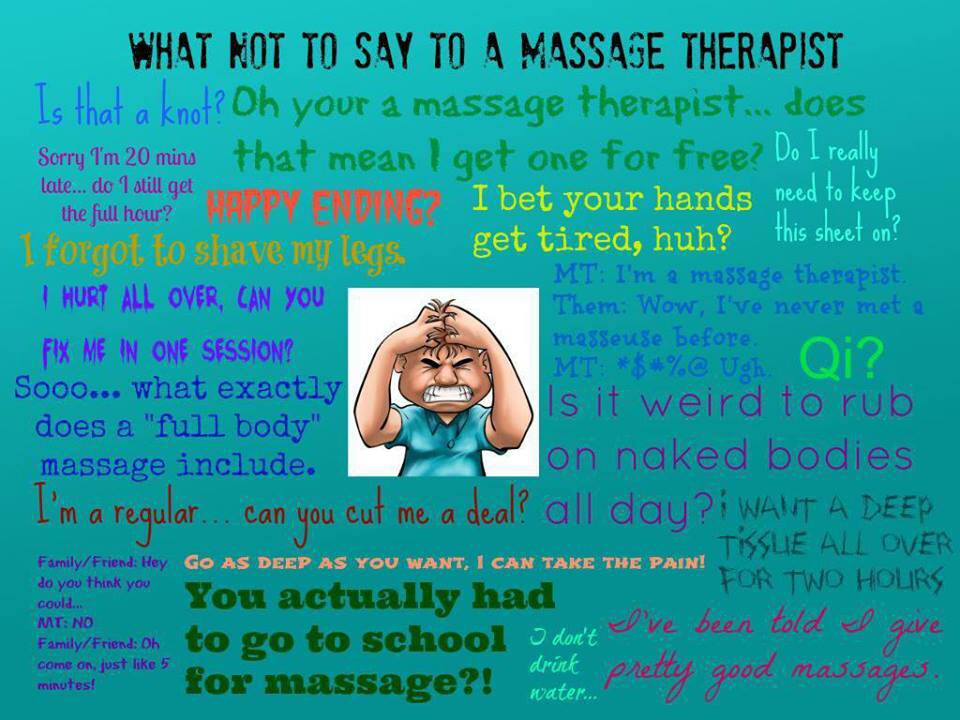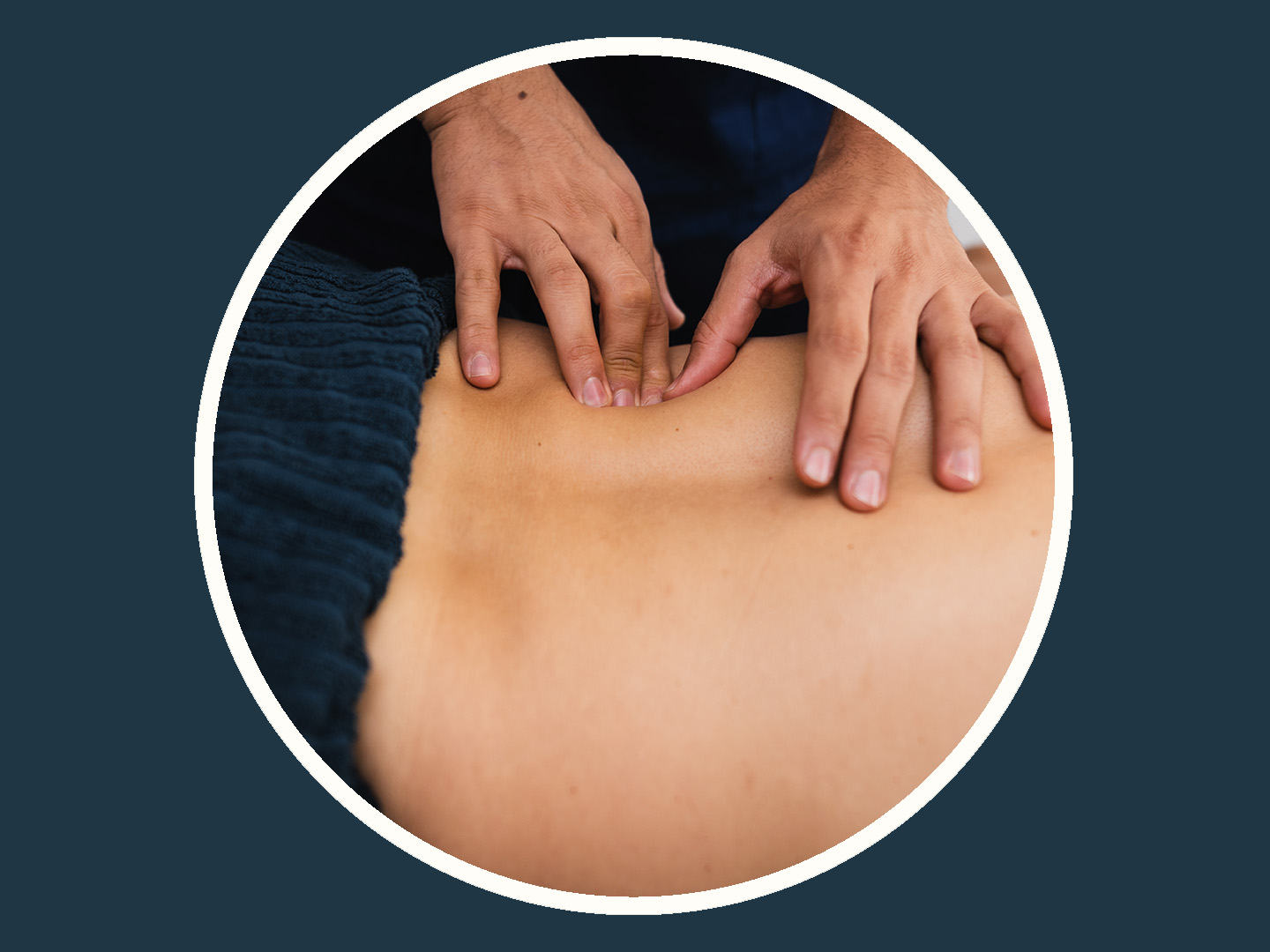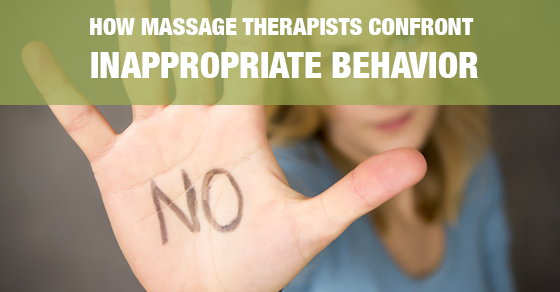In this article, we will discuss the concept of massage etiquette. You will learn about the dos and don’ts when it comes to receiving or giving a massage. We aim to provide you with useful tips and advice to ensure a comfortable and enjoyable massage experience. So, let’s dive into the world of massage etiquette together!
What Is Massage Etiquette?
As massage therapists, we understand the importance of creating a comfortable and respectful environment for our clients. Massage etiquette plays a crucial role in ensuring a positive experience for both the therapist and the client. In this article, we will explore the various aspects of massage etiquette and why it matters. By adhering to these guidelines, you can fully enjoy the benefits of a massage while respecting the boundaries and consent of both parties involved.
Defining Massage Etiquette
Massage etiquette refers to the code of conduct and professional behavior expected in a massage therapy session. It encompasses a wide range of factors, including proper communication, respecting boundaries, and maintaining modesty. By adhering to massage etiquette, both the client and the therapist can create a safe and comfortable environment that promotes healing and relaxation.
Why Massage Etiquette Matters
Massage etiquette is essential for several reasons. Firstly, it ensures the client’s comfort and sets the tone for a pleasurable experience. By following proper etiquette guidelines, clients can relax, knowing that their boundaries will be respected. Additionally, massage etiquette promotes professionalism, allowing therapists to provide high-quality care and maintain their reputation in the industry.
Respecting Boundaries and Consent
One of the fundamental aspects of massage etiquette is respecting boundaries and obtaining consent. As a client, it is crucial to communicate your comfort levels and any specific areas you would like the therapist to focus on. During the session, the therapist should always ask for permission before applying deep pressure or working on sensitive areas. Respecting boundaries and obtaining consent ensures that both parties feel safe, valued, and comfortable throughout the massage session.
Preparing for a Massage
Preparing for a massage is an important step in ensuring a positive experience. Here are some tips to help you make the most out of your massage session:
Arriving on Time
To fully benefit from your massage, it’s essential to arrive on time. Arriving late can not only disrupt your session but also infringe upon the next client’s time. Being punctual shows respect for your therapist’s schedule and allows for a smooth and relaxed transition into your massage.
Hygiene and Personal Care
Maintaining good personal hygiene is crucial when preparing for a massage. Showering before your appointment, brushing your teeth, and wearing clean clothes are all important steps in ensuring a comfortable experience for both you and your therapist.
Communicating Your Needs and Preferences
Communication is key in any massage session. Before the session begins, communicate any specific needs or preferences you may have to your therapist. Whether it’s focusing on a particular area of the body or requesting a specific massage technique, clear communication helps the therapist tailor the session to your needs.

This image is property of www.hayesbodywork.com.
During the Massage Session
Once the massage session begins, there are certain etiquette guidelines to follow to ensure a pleasant experience for all involved.
Undressing Etiquette
Before the massage begins, your therapist will instruct you on the proper undressing etiquette. Typically, clients are asked to undress to their level of comfort while ensuring they remain modest. Most individuals choose to undress completely, while others prefer to leave their undergarments on. It’s important to respect your own comfort levels and undress accordingly.
Draping and Modesty
During the massage, your therapist will use draping techniques to cover and uncover different parts of your body as they work on specific areas. These draping techniques ensure your privacy and maintain modesty throughout the session. It’s imperative to cooperate with your therapist and not remove or adjust any draping without their permission.
Comfort and Communication
Throughout the massage, it’s essential to communicate with your therapist about your comfort levels. If the pressure is too intense or if any area feels uncomfortable, let your therapist know. Clear, open communication helps the therapist customize the massage to your liking and ensures your comfort and satisfaction throughout the session.
Proper Interaction with the Therapist
Building a respectful and professional relationship with your therapist is crucial for a positive massage experience. Here are some guidelines for interacting with your therapist:
Professionalism and Respect
Treat your therapist with professionalism and respect throughout the session. Remember, they are providing you with a service and deserve to be treated with courtesy. Avoid making inappropriate comments or engaging in unprofessional behavior.
Providing Feedback
After the massage or during the session, feel free to provide feedback to your therapist. If something feels particularly good or if you have any suggestions for improvement, communicate it to your therapist. Positive feedback can encourage therapists, while constructive criticism can help them enhance their skills.
Adhering to Therapist’s Guidance
During the session, your therapist may provide instructions or suggestions to enhance the massage experience. It is important to follow their guidance and cooperate. They have extensive knowledge and experience in their field and can help you achieve the best possible outcome from your massage session.

This image is property of ogden_images.s3.amazonaws.com.
Acknowledging Personal Comfort and Safety
Massage is meant to be a relaxing and pleasant experience. If at any point during the session you feel uncomfortable or experience pain beyond your tolerance level, it’s crucial to address it promptly.
Pressure and Pain Threshold
Everyone has a different tolerance for pressure and pain. It’s important to communicate your preferences and boundaries to your therapist. They can adjust the pressure accordingly to ensure your comfort and safety. If the pressure is too intense or causes excessive pain, do not hesitate to communicate it to your therapist.
Alerting the Therapist
If you experience any discomfort, unusual sensations, or pain during the massage, alert your therapist immediately. They are trained to respond to any unexpected situations and will address your concerns promptly. By voicing any concerns or discomfort, you can prevent any potential injuries or complications.
Reporting Inappropriate Behavior
While massage therapy is a professional field, instances of inappropriate behavior can occur. If you encounter any misconduct, such as unwelcome advances, inappropriate touching, or inappropriate comments, it is essential to report it immediately. Your safety and comfort should always be the top priority, and reporting any misconduct protects not only you but also other potential clients.
Tipping and Payment
Understanding the etiquette around tipping and payment is important to maintain good relationships with your massage therapist and contribute to the industry standards.
Understanding Industry Standards
Different countries and cultures have varying norms when it comes to tipping and payment for massage therapy. It is important to familiarize yourself with the industry standards and practices in your area. In some places, tipping may be expected, while in others, it may not be customary. Research local customs or consult with your therapist to ensure you adhere to appropriate practices.
Tipping Etiquette
If it is customary to tip in your area, consider tipping your therapist as a gesture of appreciation for their services. A standard tip is generally around 15-20% of the total cost of the massage. However, if you believe your therapist has provided exceptional service, feel free to tip more. Tipping is entirely voluntary, and you should never feel obligated if it is not a standard practice in your area.
Forms of Payment
Before your massage session, clarify the forms of payment accepted by your therapist. Some therapists may only accept cash, while others may provide options for credit card or mobile payments. Knowing the accepted forms of payment beforehand will help you prepare accordingly and avoid any inconvenience.

This image is property of www.rd.com.
Special Considerations
Certain situations may require additional considerations when it comes to massage etiquette. Here are a few examples:
Pregnancy and Prenatal Massage
If you are pregnant, it is important to inform your therapist beforehand. Pregnancy requires special techniques and considerations during the massage. By informing your therapist about your pregnancy, they can provide a safe and comfortable experience tailored to your needs.
Medical Conditions and Allergies
If you have any medical conditions or allergies, it is crucial to disclose this information to your therapist. Certain medical conditions may require modifications to the massage technique or even contraindicate massage therapy altogether. Providing accurate and detailed information about your health ensures that the therapist can adapt the session to your specific needs and avoid any potential risks.
Informing the Therapist in Advance
In general, it is best to inform your therapist about any particular concerns or needs in advance. Whether it’s preferences for aromatherapy, music selection, or special requests, letting your therapist know beforehand allows them to prepare and create a personalized experience for you.
After the Massage
Once the massage session is complete, taking the time to relax and engage in post-massage self-care is essential to fully enjoy the benefits of your session.
Taking Your Time to Relax
After the massage, allow yourself some time to rest and relax. Avoid rushing back into a busy schedule or engaging in strenuous activities immediately after the session. Take deep breaths, savor the sense of calmness and relaxation, and give yourself permission to unwind.
Hydration and Replenishment
Drinking plenty of water after a massage helps flush out toxins released during the session and rehydrate your body. Replenishing your fluids also helps prevent any potential post-massage soreness. Additionally, consider replenishing your body with nutritious fruits or light snacks to provide energy and support your recovery.
Post-Massage Self-Care
Engaging in post-massage self-care is an excellent way to extend the benefits of your massage. This can include gentle stretching, taking warm baths, applying heat or cold therapy to sore areas, or practicing relaxation techniques such as deep breathing or meditation. By incorporating these self-care practices into your routine, you can prolong the feelings of relaxation and well-being gained from your massage.
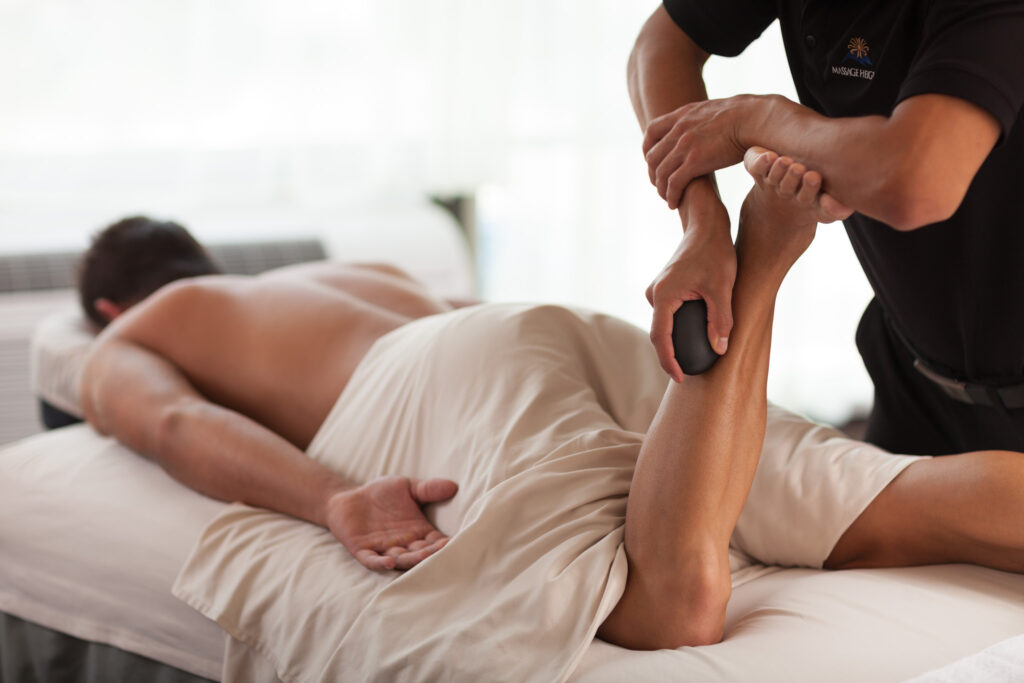
This image is property of www.massageheights.com.
Benefits of Following Massage Etiquette
By adhering to massage etiquette guidelines, you can reap several benefits during and after your massage session.
Enhanced Experience and Results
Following massage etiquette ensures that you and your therapist are on the same page, allowing them to fulfill your specific needs and preferences. By effectively communicating and respecting boundaries, you can enhance your experience and achieve optimal results from your massage.
Building Trust and Rapport
A key aspect of massage therapy is building trust between the client and the therapist. Following proper etiquette and demonstrating respect fosters a positive and trusting environment. This enables the therapist to focus on providing high-quality care and creates a foundation for a long-lasting therapeutic relationship.
Contributing to the Massage Community
By adhering to massage etiquette, you contribute to the overall professionalism and reputation of the massage community. Your support and acknowledgment of proper conduct promote a safe and enjoyable experience for everyone involved in the industry.
Conclusion
Understanding and practicing massage etiquette is essential for both clients and therapists. By following the guidelines outlined in this article, you can create a comfortable and respectful environment that enhances your massage experience. Remember to communicate your needs, respect boundaries, and provide feedback to ensure a session that promotes healing, relaxation, and overall well-being. By adhering to massage etiquette, you contribute to the positive growth of the massage community and help others enjoy the benefits of this incredible therapy. So, relax, unwind, and let massage etiquette guide your journey to wellness and self-care.

This image is property of www.mindandbodysiouxcity.com.
